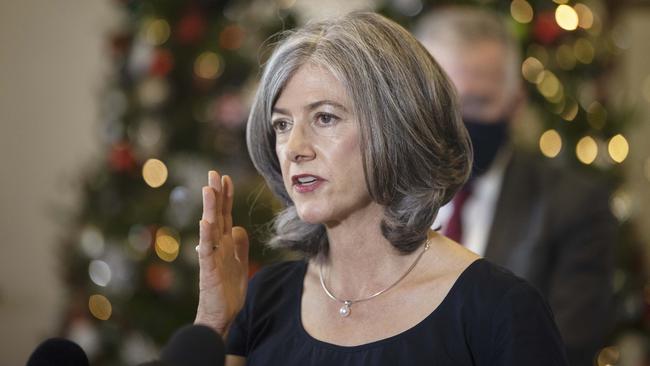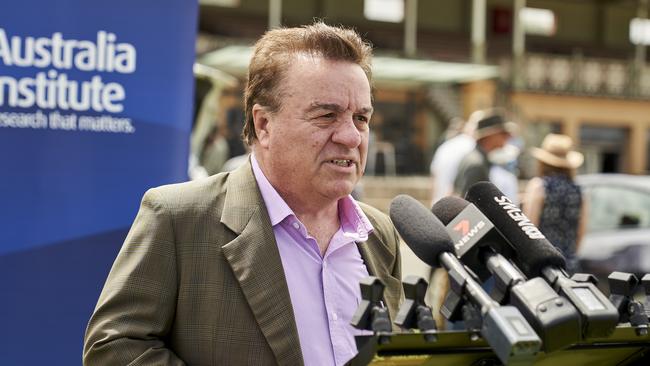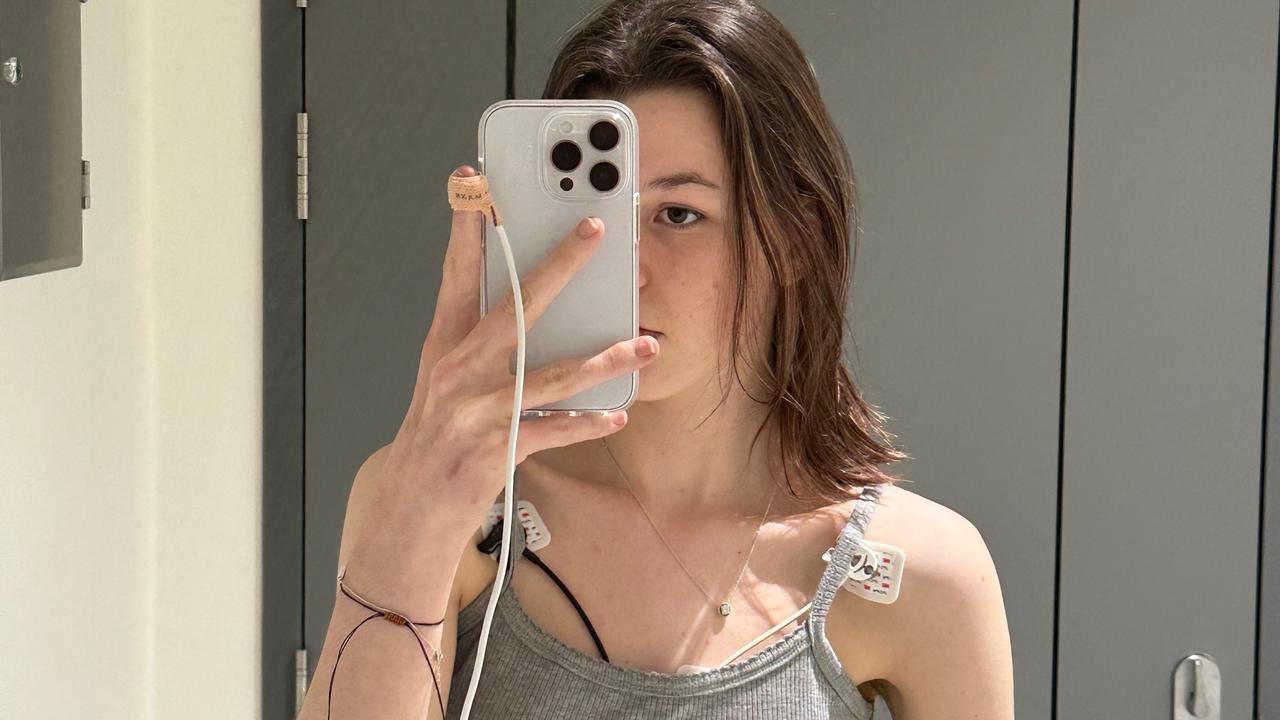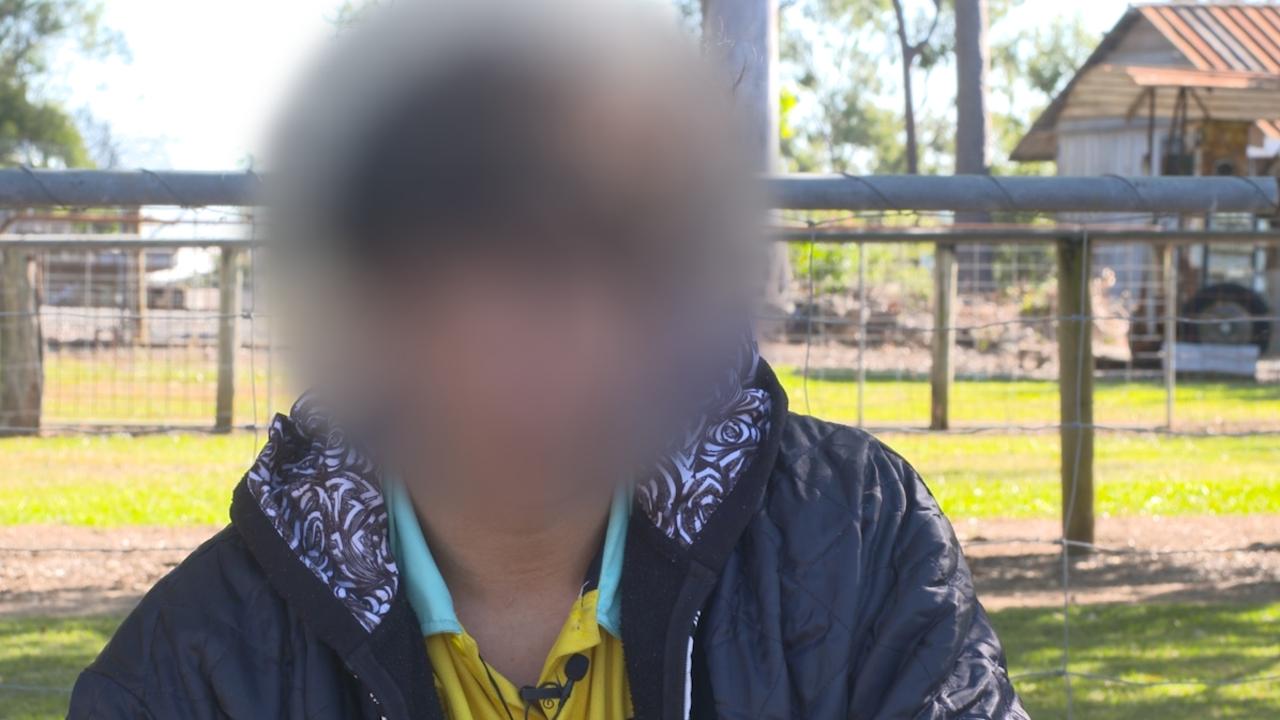Nicola Spurrier defends modelling behind border opening which was based on Delta strain, not Omicron
We knew Covid cases would rise when we opened our borders – but not like this. So what happened?
Coronavirus
Don't miss out on the headlines from Coronavirus. Followed categories will be added to My News.
It wasn’t long ago that we looked over the eastern border and thought ‘thank goodness we’re not Victorians’ – or ‘Sicktorians’, as they were labelled in the midst of the world’s longest Covid lockdown.
But now South Australia has recorded more new Covid cases per head of population than Victoria, as authorities defend the modelling behind the decision to open borders last month.
A record 688 new cases in SA were announced on Friday, or roughly one for every 2600 people in the state.
Victoria had 2095 cases, but with its much bigger population, that works out to be about one for every 3200 of its residents.
In coming to its decision to open state borders on November 23, SA authorities relied on modelling that found there was just a 27 per cent chance of an outbreak averaging more than 100 daily cases over any three-day period.
But cases have exploded in recent days, hitting 484 on Thursday, 688 on Friday and 634 on Christmas Day
And that’s before the fallout of tens of thousands of family Christmas gatherings is revealed, which has huge potential for supercharging the spread of the virus.
The state’s chief public health officer Nicola Spurrier said the modelling was based on the Delta variant and was done before the danger of the Omicron strain was known.

“Our numbers are much higher than we expected at this time (but) we did all our planning and modelling (ahead of opening the borders) when we thought it was Delta,” she said.
“We are now seeing much higher cases and a lot of (those are) Omicron.”
Premier Steven Marshall said that about seven in every 10 new cases in SA were the highly transmissible Omicron strain, based on genomic testing of a sample of cases.
The World Health Organisation designated Omicron a variant of concern on November 26, three days after the border opening.
Studies released in the past week in the UK and South Africa have suggested the Omicron strain is 40 per cent less likely to hospitalise patients than Delta.
However, researcher stressed the reductions in severity needed to be weighed against Omicron’s higher rate of infection.
Prof Spurrier said analysis had shown case tallies initially progressed as expected immediately after the opening.
“We have gone back and looked at the model and looked at the first three weeks when it was Delta and it is almost an exact prediction of what happened,” she said.
“It is since we have had Omicron that the numbers have started to increase … we are now looking at adjusting that modelling and putting in what we know about Omicron in terms of its severity and its transmissibility and the impact of the vaccination.”
Prof Spurrier said it wasn’t helpful to look back and think “what if?”
“You cannot make a model based on something that you don’t know about,” she said.
“(The initial) modelling was based on Delta and you couldn’t factor in the vaccine was not sufficient to hold Omicron. It is very difficult to look into the past and say ‘what if?’.
“We are now here in the present and we are going to have to deal with Omicron … and while the severity is likely to be less than Delta, the numbers are going to be a lot higher.
“So, we now need to be planning for that and things will evolve very, very rapidly.”
Opposition health spokesman Chris Picton said the government had bungled its preparation for what would happen after borders opened, citing the lack of supply of rapid antigen tests now that they have been legalised for sale as the latest example.


“If we were ready we wouldn’t be seeing these issues with testing (queues), we wouldn’t be seeing these issues with contact tracing, we wouldn’t have had the government closing down vaccination clinics and now hurriedly trying to reopen them and we wouldn’t have seen this bungling of rapid antigen testing,” he said.
“We have tens of thousands who won’t be seeing their loved ones this Christmas … because of the way this border opening has happened.”
SA-Best MLC Frank Pangallo said if the situation worsened, parliament ought to be “recalled immediately to deal with it”.
“In 28 days, the state has gone from zero cases and zero transmission to most likely thousands within days and likely deaths while creating fear, chaos and uncertainty in the community,” he said.
“This is going to put a huge strain on our already buckling health system like we haven’t seen before.”




